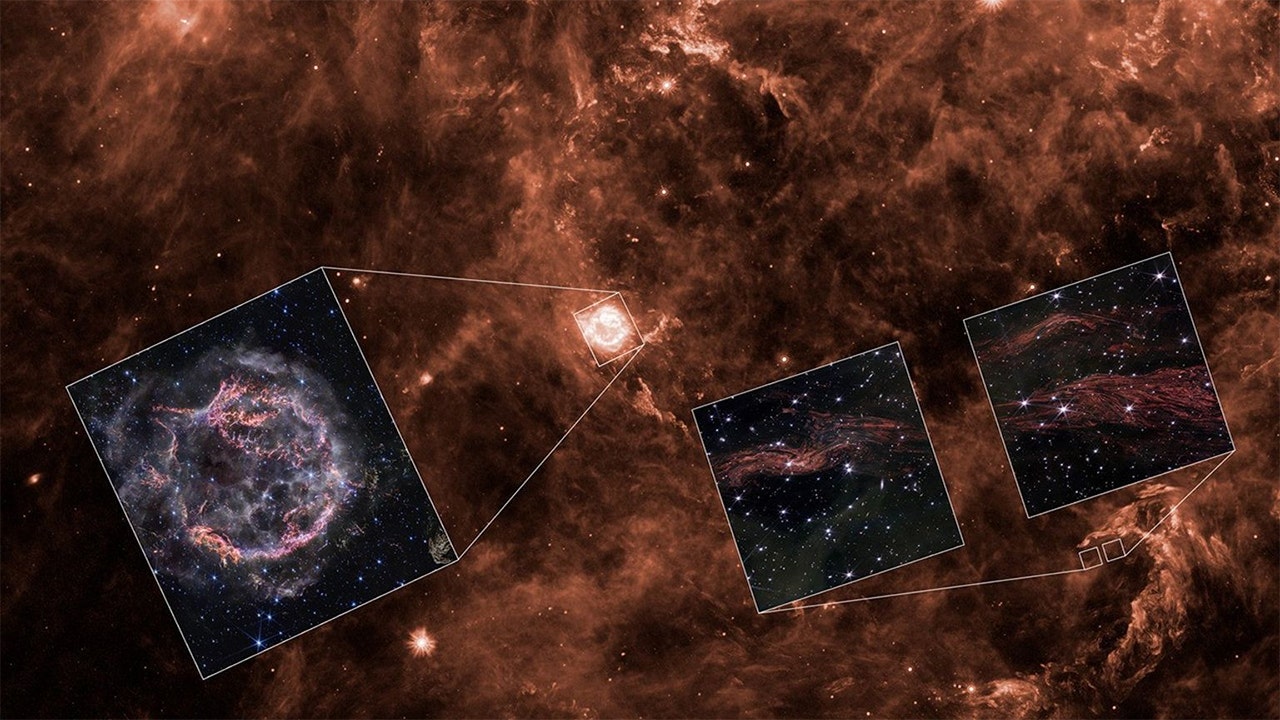Powerful Webb Telescope captures photos of one of the earliest supernova ever seen

NASA’s James Webb Space Telescope (JWST) has recently captured stunning photos of one of the earliest supernovas ever seen, revealing features that resemble grains and knots found in a cut of wood. The space agency described the event as the core of a massive star collapsing, creating a shockwave that tore the star apart and generated a pulse of X-rays and ultraviolet light that traveled outward into space.
Nearly 350 years later, scientists are witnessing the aftermath of this cataclysmic event as the pulse of light reaches interstellar material, causing it to glow. The infrared glow captured by the JWST showcases details that resemble knots and whorls found in wood grain, providing a mesmerizing glimpse into the universe’s history.
NASA Administrator Bill Nelson praised the groundbreaking mission of the James Webb Space Telescope, emphasizing the team’s dedication and the promise of international partnerships. The latest images not only highlight the majesty of the universe but also demonstrate NASA’s ingenuity and pursuit of excellence.
The observations not only offer a visually appealing sight but also provide astronomers with the opportunity to map the 3-dimensional structure of interstellar dust and gas for the first time. Scientists were amazed by the level of detail revealed in the images, allowing them to see layers akin to those of an onion, providing new insights into the inner workings of dense, dusty regions in space.
The images produced by the JWST’s near-infrared camera (NIRCam) capture a phenomenon known as light echo, where a star’s explosion or eruption causes surrounding dust to shine as it reflects the light. These visible and infrared light echoes unveil structures on remarkably small scales, shedding light on the intricate nature of the interstellar medium.
The team’s findings, to be presented at the 245th American Astronomical Society meeting, mark a significant step in our understanding of the universe’s dynamics. The JWST’s capabilities have revolutionized our ability to study the cosmos, providing unprecedented insights into the complexities of space.
As the successor to the Hubble Telescope and the largest telescope ever launched into space, the James Webb Space Telescope represents a monumental achievement in space exploration. Its remarkable images and discoveries promise to inspire generations to come, showcasing the beauty and complexity of the cosmos like never before.




